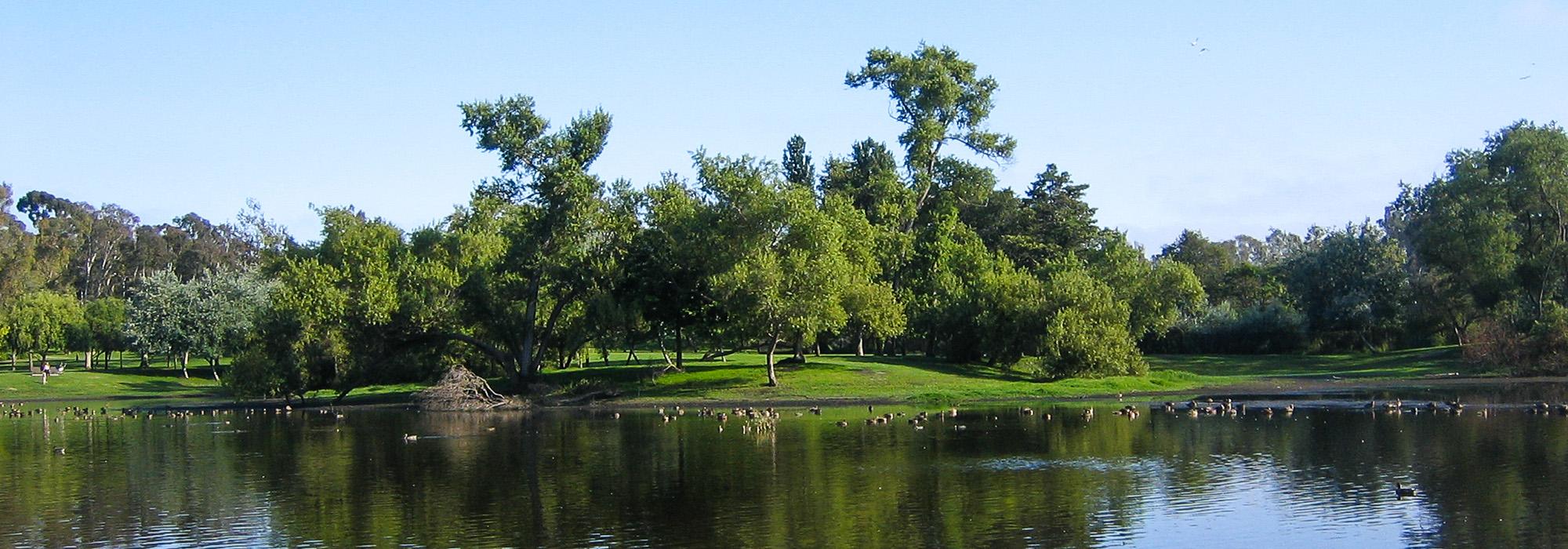Pioneer Information
Born in Concord, California, Dean spent much of his childhood on a family-farm. During World War II he served as a pilot in the U.S. Army Air Corps, once crash-landing his plane on an Italian farmstead after engaging the enemy. He studied landscape architecture under H. Leland Vaughan and Robert Royston at the University of California, Berkeley, graduating in 1948 (he would earn his master's degree in landscape architecture in 1981). Upon receiving his undergraduate degree, Dean was invited to join the firm Eckbo, Royston & Williams, becoming a partner in 1953. After changes in partnership and with the addition of Don Austin, the firm was renamed Eckbo, Dean, Austin and Williams in 1964, with Dean eventually directing the offices in Irvine, California. The firm’s official moniker became EDAW in 1974.
During his tenure with the firm, Dean worked on a wide range of projects, from residential gardens to university campuses and regional plans. In 1955 he was the landscape architect for San Fernando Gardens, a public housing project comprising 450 garden apartments in the Pacoima neighborhood of Los Angeles. By the 1960s Dean and his firm were at the forefront of sustainable planning, working on groundbreaking large-scale projects, such as the California Urban Metropolitan Open Space Plan for the State of California. Dean took the leading role on the Santa Ana River /Santiago Creek Greenbelt Study, completed in 1971. In 1976 he began teaching part-time at the Department of Landscape Architecture at the California State Polytechnic University, Pomona (Cal Poly Pomona), moving to full-time status two years later. He was named a Fellow of the American Society of Landscape Architects in 1978 and a Distinguished Professor in the Cal Poly Pomona Department of Landscape Architecture in 1990. In 1995 Dean received the Richard J. Neutra Award for Professional Excellence from the Cal Poly Pomona Department of Architecture. He died at the age of 80 in his home on Vashon Island, near Seattle. His professional papers are reposited at the special collections archives of the College of Environmental Design at Cal Poly Pomona.








